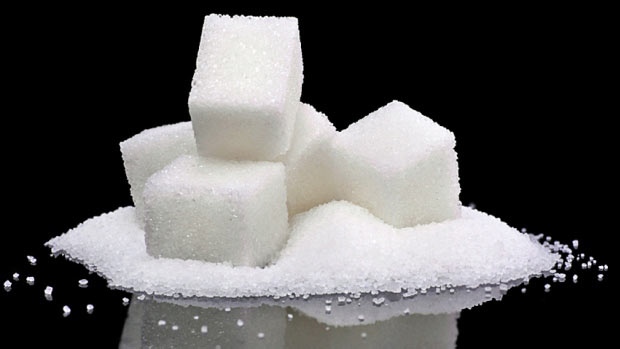Drinking a high amount of sodas and fruit drinks can increase the risk of diabetes, according to the Black Women’s Health Study. The diabetes risk linked to soft drinks was also connected to increased body weight. This study is long-term, and involves almost 60,000 African-American women from various parts of the U.S.
The Framingham Heart Study reveals that men and women who had one or more sodas each day were 25 percent more likely to have trouble managing their blood sugar. Nearly half of these individuals are more likely to develop metabolic syndrome, also known as insulin intolerance.
As opposed to these more recent studies on sugar, older advertisements from 1950s and 1960s actually portrayed sugar as a source of energy. A “pro-sugar” ad that appeared in an August 1964 issue of TIME gave a “note to mothers,” explaining that drinks without sugar wouldn’t provide children with the necessary energy to get through the day’s activities.
Of course, newer studies are pointing out that sugar is indeed “toxic.” TIME also stated in 1942, when there was a sugar ration due to the war, that doctors and dentists were well aware of sugar’s harmful characteristics. The magazine stated that “there was no sugar in Europe until the Arabs brought their ‘sweet salt’ to Spain in 700 A.D. For centuries afterwards, sugar was regarded as a precious spice, a medicine, a rich man’s luxury.” TIME also confirmed at the time that sugar had “only recently” been “considered a food.”
In the 1960s and 1970s, however, TIME ran ads from Sugar Information, Inc., the sugar industry association, that portrayed sugar as a healthy addition to the diet. This form of advertisement began in the 1950s, when health researchers were spreading the news that sugar was connected to weight gain. As a response to this “negative” news, the sugar industry upped its advertising budget. In 1955, Sugar Information, Inc. even won an award for “advertising in the public interest.” Diet sodas became popular in the mid 1960s, and the sugar industry countered ads for diet drinks, stating that the beverages would not help customers lose weight, because synthetic sugar was not energizing and satisfying the way that “full sugar” is.
Sugar Information, Inc.’s advertising campaign was, in large part, based on a health concept called “appestat” which was defined by a nutritionist in New York City for a weight loss book in 1952. The concept explained that an “individual’s appetite-regulating mechanism” could leave him/her unsatisfied after meals, making the person more likely to overeat. Real sugar, as opposed to sugar substitutes, was believed to be able to “turn down” the appestat while providing the body with energy.
However, by the end of 1971, the Federal Trade Commission (FTC) put a stop to these sugar advertisements, citing that even though the ads suggested that eating real sugar meant consuming less calories, that wasn’t accurate information. This is also during the time that the FTC started asking advertisers to supply proof for their claims. Initially, the Sugar Association asserted that their claims were providing sound advice to consumers, and the FTC was simply misunderstanding their claims. By the next year, though, the sugar industry agreed to spend around $150,000 to run advertisements that clarified their earlier claims, without officially conceding to the FTC.
In 1973, TIME one of the most popular publications to run the earlier sugar ads, ran an advertisement that read “we hope you didn’t get the idea that our little diet tip was any magic formula for losing weight.” The ad also stated that sugar “is most definitely a good and useful food.”
Further studies about sugar reveal that this sweet ingredient could cause hypertension as much as salt. Sugar has also been linked to cancer development, and may even affect the survival of cancer patients. As with any food, it’s important to be aware of the positive and negative attributes of the ingredient, and to avoid using it in excess.



